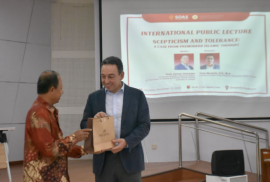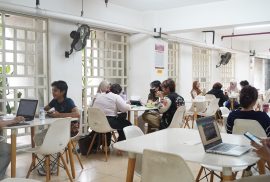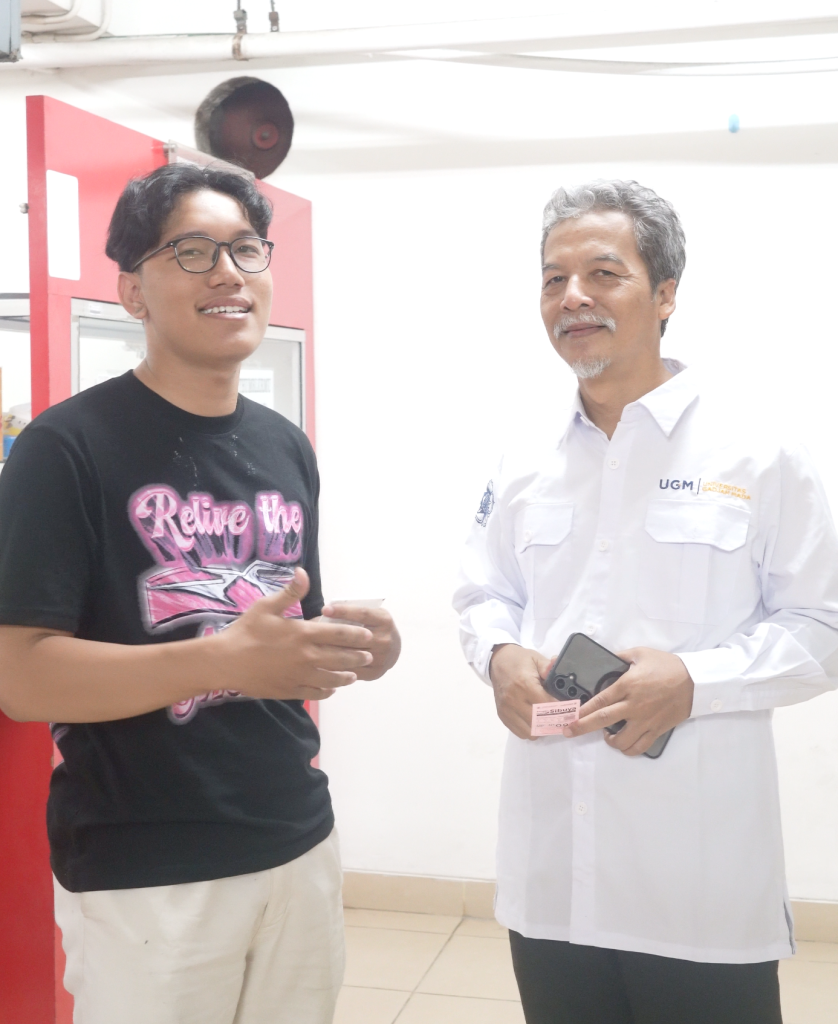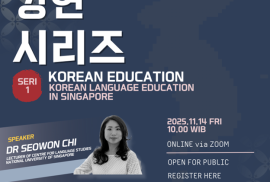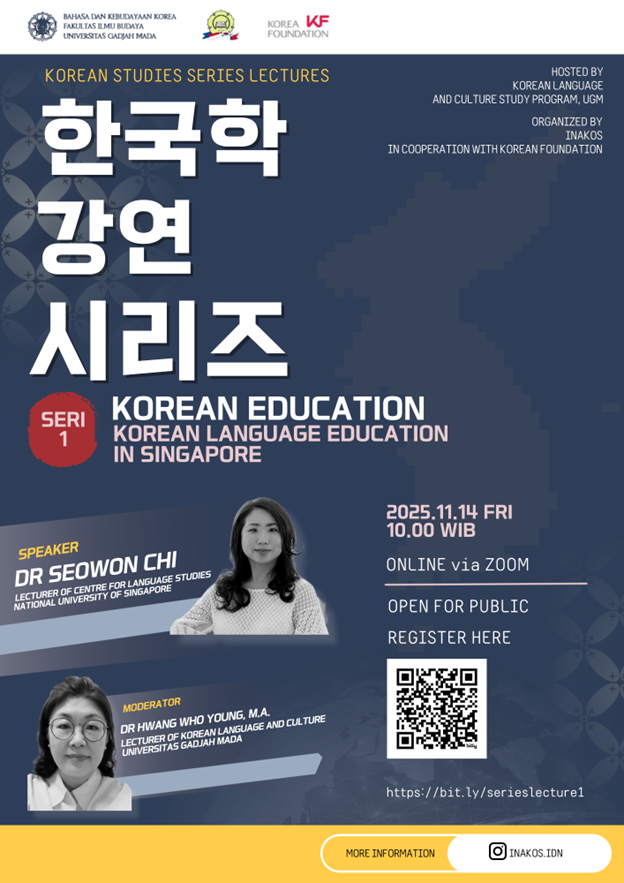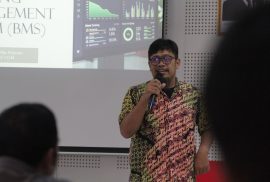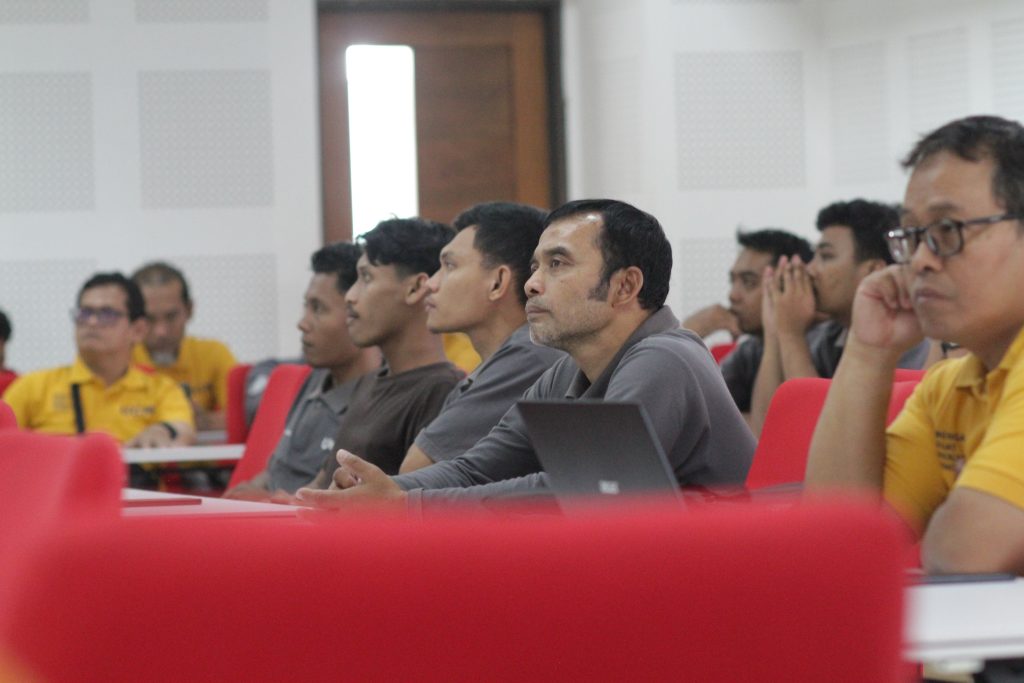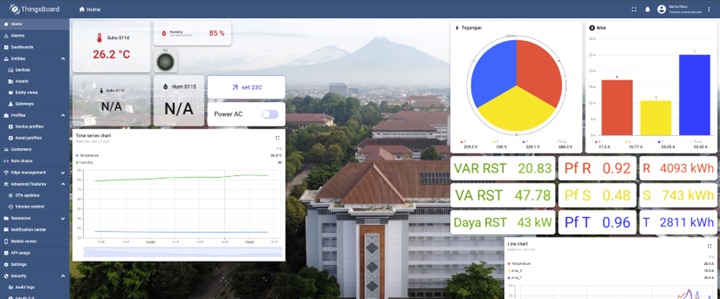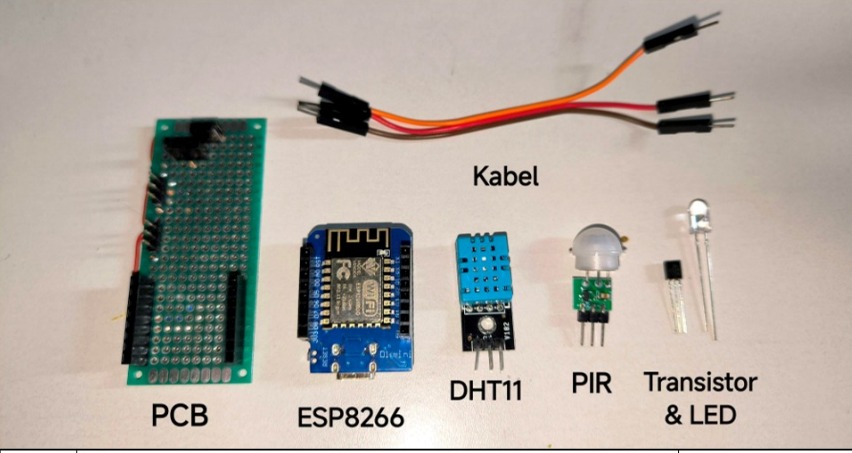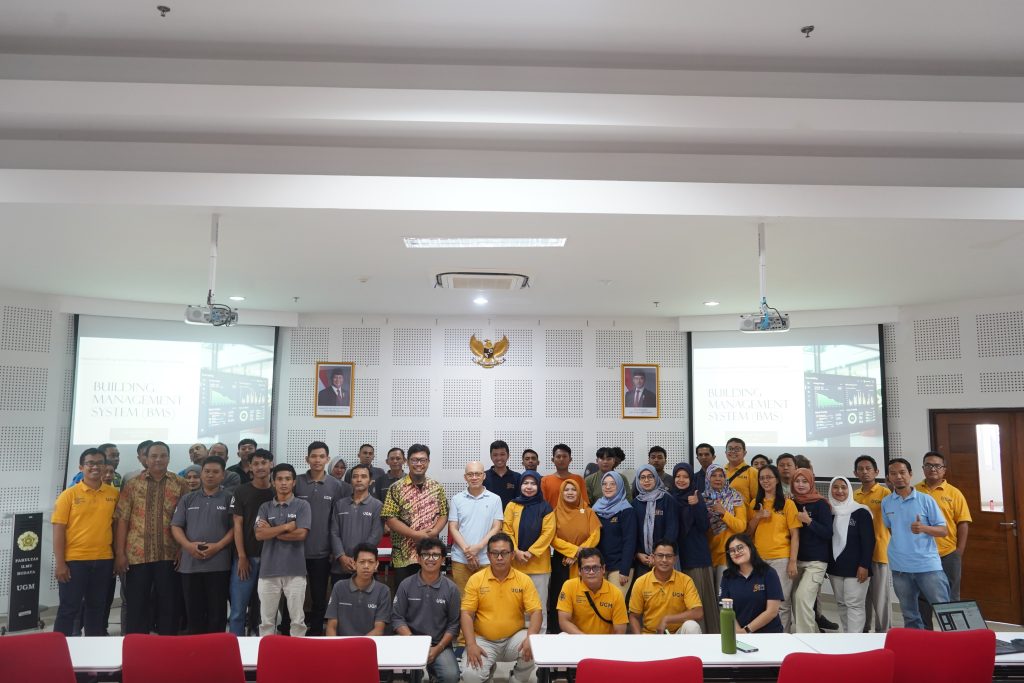Yogyakarta, 13 November 2025 — The Master’s Program in Middle Eastern Cultural Studies (KBTT) at Universitas Gadjah Mada, in collaboration with the Arabic Study Program, hosted an International Public Lecture titled “Scepticism and Tolerance: A Case from Premodern Islamic Thought.” The event featured Prof. Ayman Shihadeh, a distinguished scholar of Islamic intellectual history from the School of Oriental and African Studies (SOAS), University of London. Held at the Soegondo Auditorium, Faculty of Cultural Sciences UGM, the lecture was also livestreamed via the Arabic Study Program’s YouTube channel, allowing broader public access. The session was moderated by Tohir Mustofa, M.A., lecturer of the Arabic Study Program, and attended by students from both undergraduate and postgraduate levels.
This public lecture highlighted the strategic synergy between the KBTT Program and the Arabic Study Program UGM, reaffirming their shared commitment to bringing world-class academic discourse to students and the wider community. Through its YouTube livestream, the event aimed to reach a wider audience, strengthen public intellectual literacy, and foster a culture of critical and constructive dialogue.
The lecture also supported key Sustainable Development Goals (SDGs), particularly SDG 4 (Quality Education) through accessible high-quality academic learning, SDG 16 (Peace, Justice, and Strong Institutions) by promoting values of tolerance and dialogue, and SDG 17 (Partnerships for the Goals) through interdisciplinary academic collaboration.
Author: Muhammad Ardiansyah

